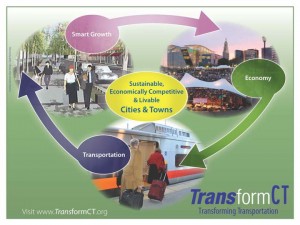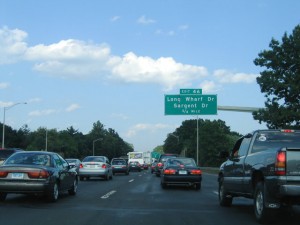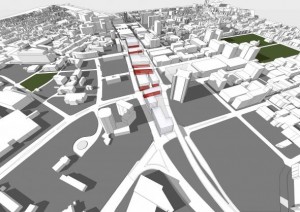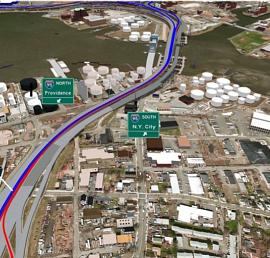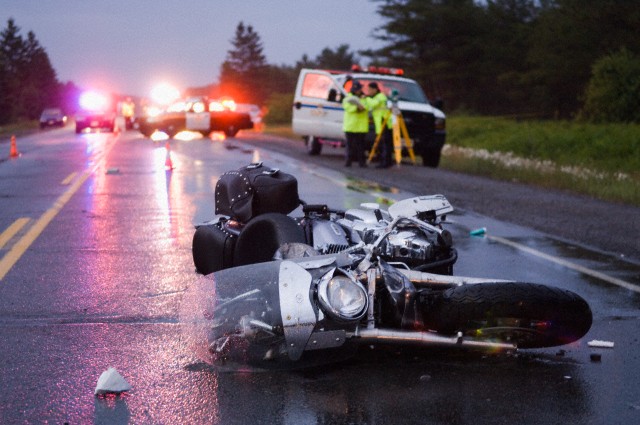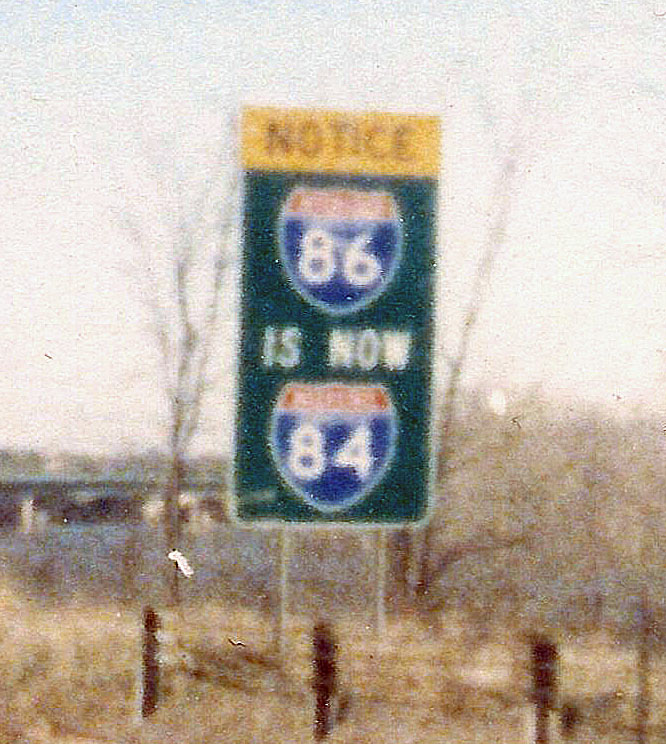Veteran Astronaut from Connecticut Prepares for Next Launch, Followers Turn to Twitter
/
The National Aeronautics and Space Administration (NASA) will be among the agencies contributing crew members on upcoming missions to the International Space Station this fall, including a veteran astronaut who grew up in Waterbury.
Expedition 38, scheduled for launch in November, will bring three new crew members to the space station aboard the Soyuz TMA-11M to be launched by Russia. They include flight engineers Richard Mastracchio of the United States, Koichi Wakata of Japan, and Mikhail Tyurin of Russia. They are scheduled to re main on the space station until May 2014.
main on the space station until May 2014.
Graduated from Crosby High School in Waterbury in 1978, Mastracchio received a bachelor of science degree in electrical engineering/computer science from the University of Connecticut in 1982, a master of science of degree in electrical engineering from Rensselaer Polytechnic Institute in 1987, and a master of science degree in physical science from the University of Houston-Clear Lake in 1991. He worked for Hamilton Standard in Connecticut as an engineer in the system design group from 1982 until 1987. During that time, he participated in the development of high performance, strapped-down inertial measurement units and flight control computers. He was selected to serve as an astronaut in 1996.
Now a veteran of three space flights, Flight Engineer Mastracchio and his crew members will participate in a number of training activities to prepare them for their jobs on the upcoming mission, include a wide spectrum of disciplines, from science research and on-orbit medical operations to spacewalk procedures and robotics. His training will also include extensive travel to other station partner countries, such as Japan and Russia, to practice and learn the specialized hardware and equipment provided by these nations.
The Connecticut native will share with the public ‘behind the scenes’ of what it’s like to train like an astronaut for a mission aboard the International Space Station via Twi tter. Follow @AstroRM to share his training experience during his finals months of mission preparations. Followers will learn about human space exploration, astronaut training and the research and technology aboard the International Space Station, according to NASA.
tter. Follow @AstroRM to share his training experience during his finals months of mission preparations. Followers will learn about human space exploration, astronaut training and the research and technology aboard the International Space Station, according to NASA.
Mastracchio is one of two Connecticut natives currently among the active astronaut corp. Daniel Burbank, who grew up in Tolland, concluded a 163-day mission on the International Space Station last year, returning to Earth in April 2012. He is a graduate of Tolland High School and was selected to be an astronaut in 1996. He served as Mission Specialist on two space shuttle missions and as Flight Engineer on Expedition 29 and Commander of Expedition 30 at the International Space Station. He has logged 7 hours and 11 minutes of spacewalk time.
Since joining NASA, Mastracchio has worked technical issues for the Astronaut Office Computer Support Branch, Space Station Operations, the EVA Branch and as a CAPCOM. He served as the display design lead for the Space Shuttle cockpit avionics upgrades in 2003. From 2004 until 2009, he has worked various Constellation and Orion tasks including Cockpit design lead, and Constellation deputy branch chief. Mastracchio flew as a mission specialist on STS-106, STS-118, and STS-131, and has logged nearly 40 days in space, including 6 EVAs totaling 38 hours and 30 minutes.
Since Expedition 1, which launched Oct. 31, 2000, and docked Nov. 2, the International Space Station has been visited by 204 individuals. It is not only an orbiting laboratory, but also a space port for a variety of international spacecraft. As of June 2013, there have been 89 Russian launches, 37 Space Shuttle launches among the flights.
A total of 168 spacewalks have been conducted in support of space station assembly totaling more than 1,061 hours, or more than 44 days. The space station, including its large solar arrays, spans the area of a U.S. football field, including the end zones, and weighs 924,739 pounds. The complex now has more livable room than a conventional five-bedroom house, and has two bathrooms, a gymnasium and a 360-degree bay window.
have been conducted in support of space station assembly totaling more than 1,061 hours, or more than 44 days. The space station, including its large solar arrays, spans the area of a U.S. football field, including the end zones, and weighs 924,739 pounds. The complex now has more livable room than a conventional five-bedroom house, and has two bathrooms, a gymnasium and a 360-degree bay window.
Tyurin, a Russian living just outside of Moscow, most recently was the Commander of Soyuz-13 (TMA-9) / Expedition 14, launching on September 18, 2006 from Baikonour, and docking with the International Space Station on September 20, 2006. He served as Flight Engineer during a six-month tour of duty aboard the space station, his second tour on the International Space Station. Tyurin performed five spacewalks accumulating 25 hours and 32 minutes of EVA time and a total of 215 days in space. The mission concluded on April 21, 2007 with a landing in the steppes of Kazakhstan. In completing his second space mission, Tyurin has accumulated a total of 340 days in space including 25 hours and 32 minutes of EVA time in 5 spacewalks.
From March to July, 2009, Dr. Wakata flew as the first resident ISS crew member from Japan and served as a Flight Engineer and the JAXA Science Officer on the crews of Expeditions 18, 19 and 20 as well as a Mission Specialist on STS-119 and STS-127 (2J/A). His duties during the four-and-half month flight included the installation of the S6 Truss, the final assembly of Kibo, a variety of experiment operation in science, engineering, art, and education, as well as ISS systems operations and maintenance. He became the first Japanese astronaut to fly aboard Soyuz TMA spacecraft on orbit. A veteran of three space flights, Dr. Wakata has logged a total of 159 days, 10 hours, 46 minutes and 5 seconds in space. Early next year, he is slated to be the first Japanese astronaut to command the ISS as part of Expedition 39.



